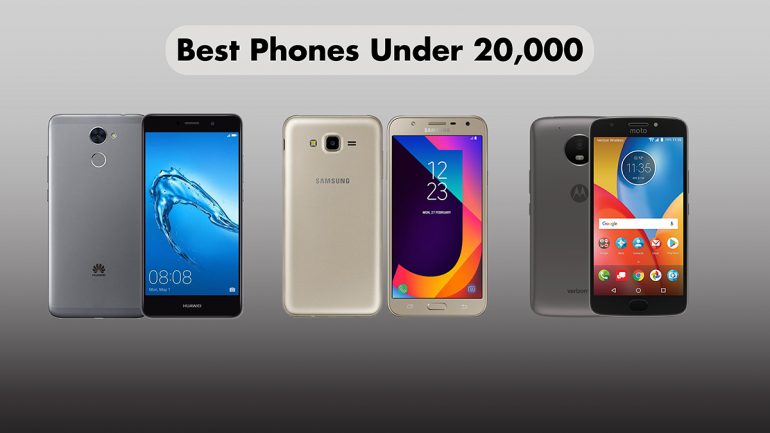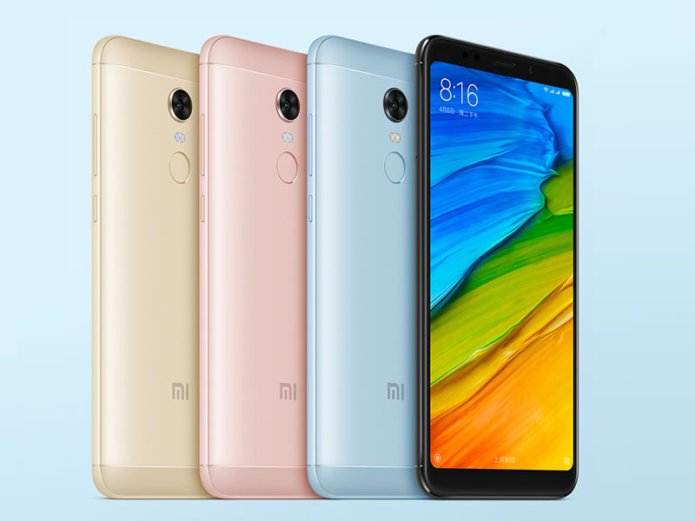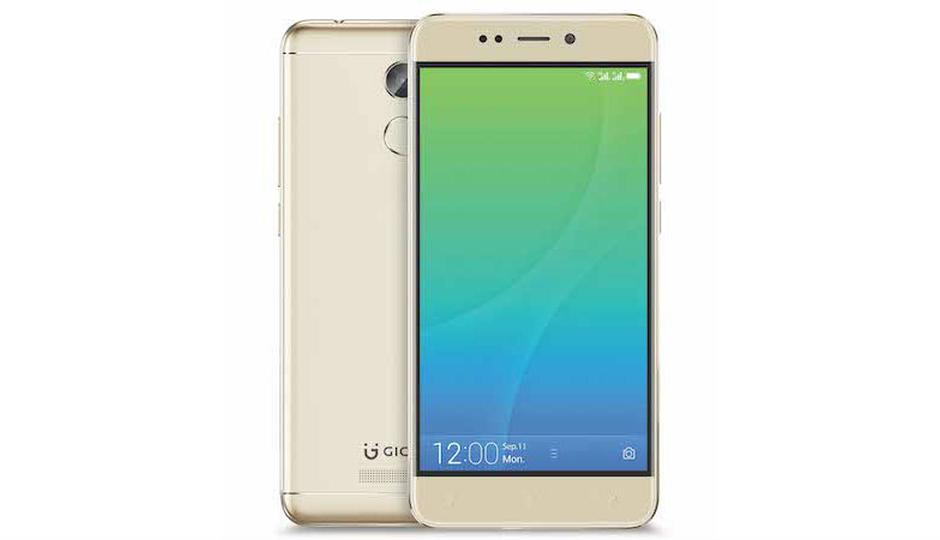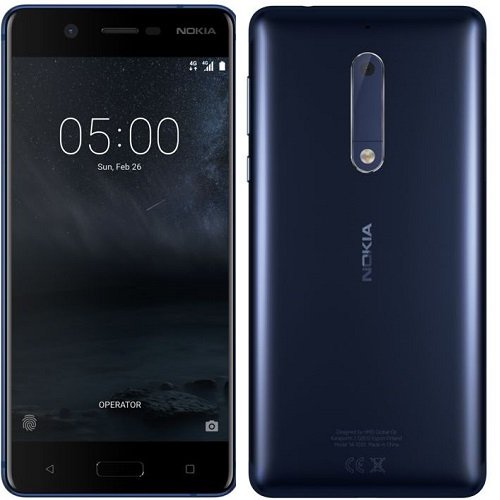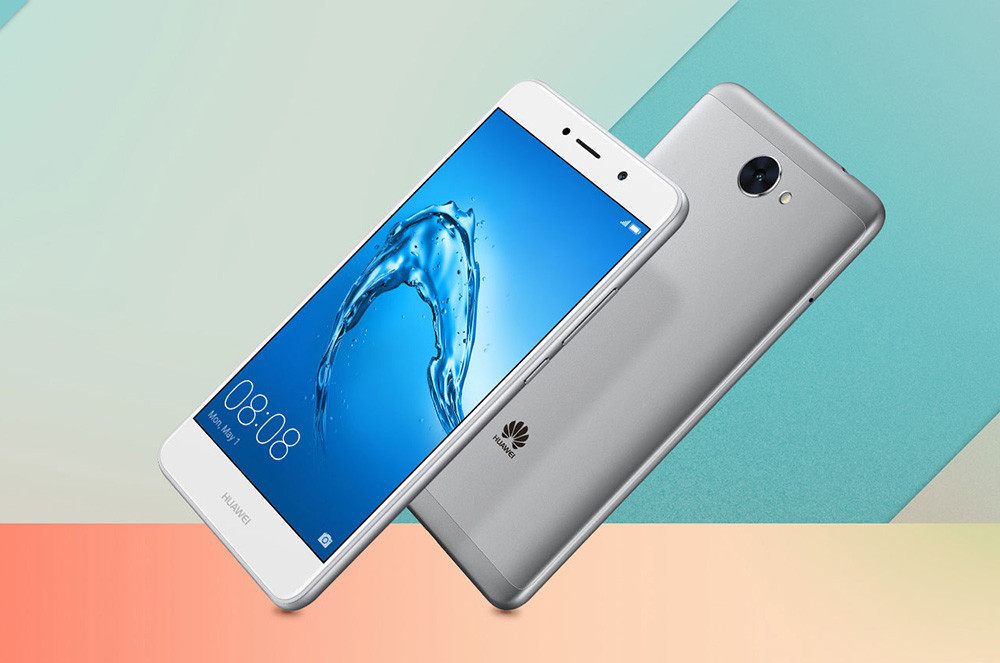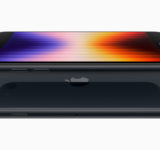Let’s open the pandora’s box and shortlist a few gems of the best phones under Rs.20,000 in Nepal.
Whatever we see today is a result of either evolution or revolution. With the market being flooded with new smartphones day by day, you’ll be astonished to know how far the budget smartphones have come. Surely, the options are plenty, but we decided to open the pandora’s box and shortlist a few gems of the best phones under Rs.20,000. We selected these phones for the price to performance ratio they provide. So, hold your grounds as you’re going to be shaken by looking at the specs they provide for the buck.
So these are our picks for the best phones under Rs.20,000 in Nepal.
Xiaomi Redmi 5 (Rs. 19,999 for 3GB/32GB)
The Xiaomi Redmi 5 is what most of the smartphone lovers might be looking for, especially for the way it looks. Despite the 5.7-inch screen with 720p resolution, the Redmi 5 has a FullView display — it’s an 18:9 aspect ratio display as seen on flagships like the iPhone X and Galaxy S9.
Inside is the Snapdragon 450 chipset with octa-core CPU bearing 1.8GHz clock speed. The RAM and storage are 3GB and 32GB respectively, though there’s also a 2GB/16GB variant of the device priced much lower. The whole phone runs on Android 7.1.1 Nougat and packs a 3,300mAh battery inside which will give you a pretty good screen-on time.
Optically, it’s no slouch either. There’s a single 12MP f/2.2 aperture lens at the back with 1.25um of pixel size and PDAF. The front’s not surprising though — it’s just a 5MP sensor that can capture videos at 1080p. At the rear, just below the camera, the phone rocks a fingerprint scanner too.
Moto E4 Plus (Rs. 20,990)
Motorola has been known to dominate the budget segment for quite a while now. Decent specs, good battery life, decent performance and stock UI have really helped Motorola in this regard. The E4 Plus is no exception either. This smartphone packs some serious tricks up its sleeve. The device boasts a 5.5-inch 720 x 1280 pixel screen covered by Corning Gorilla Glass 3 with an oleophobic coating which makes it anti-glare. It feels premium with its aluminum back, and by no means does this phone look cheap.
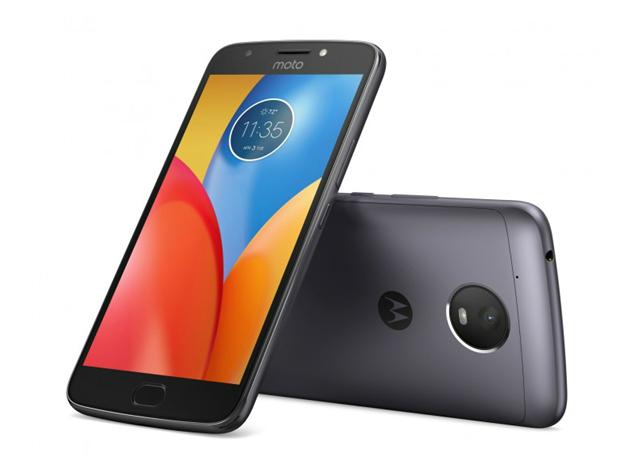
On the camera side of things, it has got a 13 MP primary camera with f/2.0 aperture, and 1.12 µm size pixels along with autofocus and LED flash. The secondary shooter or the selfie camera is a 5MP sensor with f/2.2 aperture and a LED flash to capture clearer selfies regardless of the lighting condition. Backing it all up is a massive 5000mAh battery which will last you through an entire day without breaking a sweat and the support for fast charging and Android 7.1.1 Nougat is just an icing on the cake. The only downside is that it captures video at 720p @ 30fps.
Xiaomi Redmi 4x (Rs. 18,499)
When it comes to budget segment, another brand that came out of nowhere and single-handedly swapped others out of the competitions when it comes to options in this segment is undoubtedly Xiaomi. With best in class specs, good battery life, the inclusion of all the sensors that even the phones double this price lack, Xiaomi has earned it. The Redmi 4x is no slouch either. With a 5-inch display, it results in the resolution of 720 x 1280 pixels, 16:9 ratio (~294ppi density) covered by Corning Gorilla Glass. It is great for your day to day tasks outside of VR.
The phone’s powered by Snapdragon 435 processor which is an octa-core processor clocked at 1.4GHz. The variants that you get here on this single handset is something based totally on your choice and requirements with options of 64GB/ 4GB RAM or 32GB/ 3GB RAM or 16GB/ 2GB RAM. So your budget doesn’t get tarnished. Hybrid SIM slot gives you the freedom to choose between two SIM cards or one SIM card and a microSD to store your data.
The primary camera is 13 MP, f/2.0, phase detection autofocus, LED flash with features like Geo-tagging, touch focus, face/smile detection, HDR, panorama. It captures video at 1080p @ 30fps.The front-facing camera is a 5 MP sensor with a f/2.2 lens which can also record videos at 1080p. As I mentioned earlier about the sensors that Xiaomi packs, here is what it packs — a rear-mounted fingerprint, accelerometer, gyro, proximity, compass. So you don’t miss out any of the features.
Backing it all up is a 4100mAh battery with the battery lasting about a day of brutally heavy usage and enough juice left to drag you through the next day of lite usage. An IR blaster is also present that lets you control your appliances like TV, AC, etc. The device runs on Android 6.0 Marshmallow out of the box but is upgradable to Android 7.1.2 Nougat. And MIUI is the skin that Xiaomi phones put on Android and trust me it packs a lot of features and customizations that you can’t get on stock Android.
Gionee X1s (Rs. 17,999)
When it comes to the name Gionee, what strikes your mind? Selfie right? I won’t say you’re completely wrong but one thing that a lot of us miss out is that camera is just a highlighting factor but the performance is totally dependent on the specs a phone packs inside and trust me, it really is a great contender for a couple big names out there in the budget department.
The Gionee X1s is dominated by a 5.2-inch display with 720 x 1280 pixels, 16:9 ratio (~282ppi density) protected by Corning Gorilla Glass 3. The device is a dual SIM device and runs on Android 7.0 Nougat with Gionee’s own Amigo UI 4.0.
The backbone is the MediaTek MT6737T processor which is a quad-core processor clocked at 1.5GHz. The storage may seem insufficient with 16GB but with a dedicated microSD card slot that can be expanded up to 256GB is something that makes up for it and it has 3GB RAM so the performance will be snappy. The primary camera is 13 MP, autofocus with dual-LED dual-tone flash and packs features like geo-tagging, touch focus, face detection, HDR, panorama. It can capture videos at 1080p @ 30fps.
And how can I miss on the highlighting factor — the front facing camera or the selfie shooter? It has a 16 MP front-facing camera and can shoot videos at 1080p. For sensors, it packs a rear-mounted fingerprint scanner, accelerometer, proximity. The battery is something that fades away in the light of specs but trust me it makes a lot of difference but you’re sorted in that department too with a 4000mAh battery.
Nokia 5 (Rs. 20,285)
The name Nokia is itself enough to drag you in nostalgia. With a lot of our memories related to it. And you can’t deny the fact that at some point of time in every single one of our lives we owned a Nokia phone but all the mess that happened with Nokia and windows and it’s downfall, it faded slowly and the reason was it didn’t have the flexibility that Android provides.
But HMD global changes that with new Nokia series running nearly stock Android and it has already been aggressive on Android updates. The Nokia 5 runs stock Android 7.1.1 Nougat out of the box but is upgradable to Android 8.0 Oreo. The display is a 5.2-inch with the resolution of 720 x 1280 pixels, 16:9 ratio (~282ppi density) protected by Gorilla Glass. We get two variants of the phone with 16GB storage, 2/3GB RAM options.
The primary camera is 13 MP with f/2.0 aperture, 1/3″ sensor size and 1.12 µm size pixels that boast phase detection autofocus alongside dual-LED dual-tone flash that can record videos at 1080p @ 30fps. The secondary camera is 8 MP (f/2.0, 1.12 µm). And if you remember, Nokia used to be a great camera phone and it holds true this time too.
No corners cut on the sensors too — with a fingerprint scanner (front-mounted), accelerometer, gyro, proximity, compass, you don’t miss out on anything. The battery is 3000mAh which may sound a bit weak but considering the pixels it has to push and the Snapdragon chipset running the show that is power efficient, this can easily last you through a day of moderate to heavy usage.
Samsung Galaxy J7 Nxt (Rs. 20,990)
The name everyone is familiar with and the brand that’s considered to be reliable is undoubtedly Samsung. With the lineup of devices ranging from really cheap ones to the latest and greatest flagship smartphone — the S9+ that one can buy — we know what Samsung really is. The Galaxy J7 Nxt is a budget offering by Samsung. The device hosts a 5.5-inch Super AMOLED display with the resolution of 720 x 1280 pixels, 16:9 ratio (~267ppi density).
The whole phone boots on Android 7.0 Nougat and is powered by Samsung’s in-house Exynos 7870 chipset, which is an octa-core CPU clocked at 1.6GHz. This is a dual-SIM device with a dedicated microSD card slot that can hold cards up to 256GB to store all your files. Internally, this device provides 32GB storage and 3GB RAM.
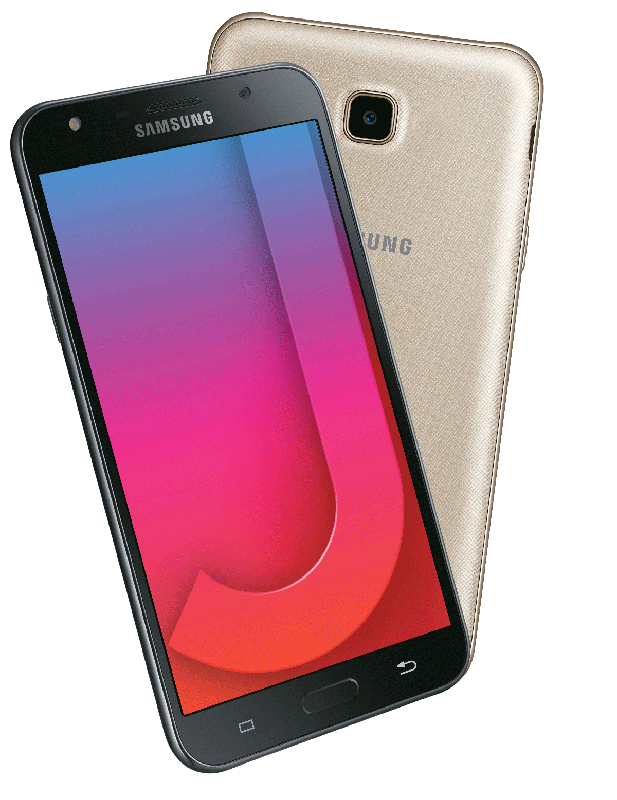
It can capture videos at 1080p @ 30fps. The secondary camera is 5 MP f/2.2, assisted by LED flash. On sensors, is where you notice the price cut with only accelerometer and proximity sensors present on the device. Running the show is a 3000mAh battery which gets the job done for most users.
Huawei Y7 (Rs. 15,900)
The name Huawei has gained popularity and grabbed a lot of attention these days with the devices ranging from cheap ones to the high-end flagship ones with AI and what not. Let’s stick to the topic and take a look at the budget smartphone offering that managed to catch my eye, the Huawei Y7. The Huawei Y7 holds a 5.5-inch display with a resolution of 720 x 1280 pixels, 16:9 ratio (~267ppi density).
The device runs on Android 7.0 Nougat with Huawei’s own EMUI 5.1 on top. Underneath the hood, it holds Qualcomm MSM8940 Snapdragon 435 processor which is an octa-core CPU clocked at 1.4GHz. The device offers a hybrid SIM slot and can hold microSD cards up to 256GB. The internal storage maxes out at 16GB and you get 2 gigs of RAM.
The primary camera is a 12 MP shooter with f/2.2 aperture, 1/2.9″ sensor size and 1.25 µm size pixels that can record videos at 1080p @ 30fps. The secondary camera is an 8 MP sensor with f/2.0 aperture. The device supports all basic sensors such as an accelerometer, gyro, proximity, compass.
Powering it up is a 4000 mAh battery that can easily last you with a day or two.
Wrapping it up, these devices have already hit the Nepalese market and are the best offerings that you can grab right now. Clearing all the mess up that I made, compare these side by side and get the one that suits you.
There is no such thing called a perfect smartphone and there’s always a room for improvement. But take a look back a couple of years when budget smartphones were way behind what they are now and you’ll realize the fact that no matter what phone you opt for, it will get easily beaten up by the next one. But as of now, these are our picks for the best phones under Rs.20,000.
No clear winner can be declared among these and I’m sorry for that. But every single smartphone is different and not only that the users that they are focused on are also different. So next time you don’t like a phone, think again, perhaps it’s not meant for you. And be sure to mention in the comment box below if we have missed probably an eye catcher.


